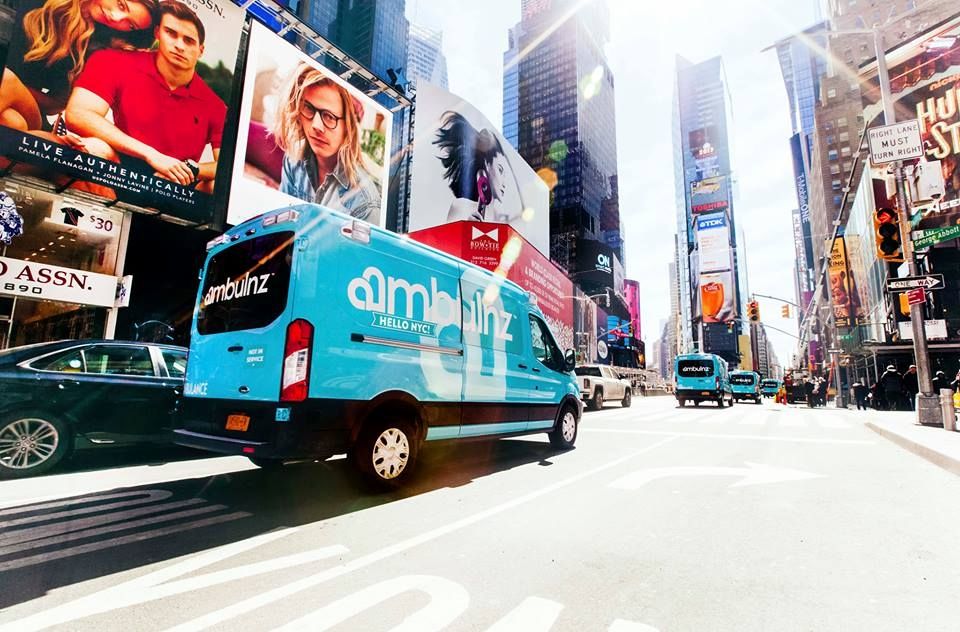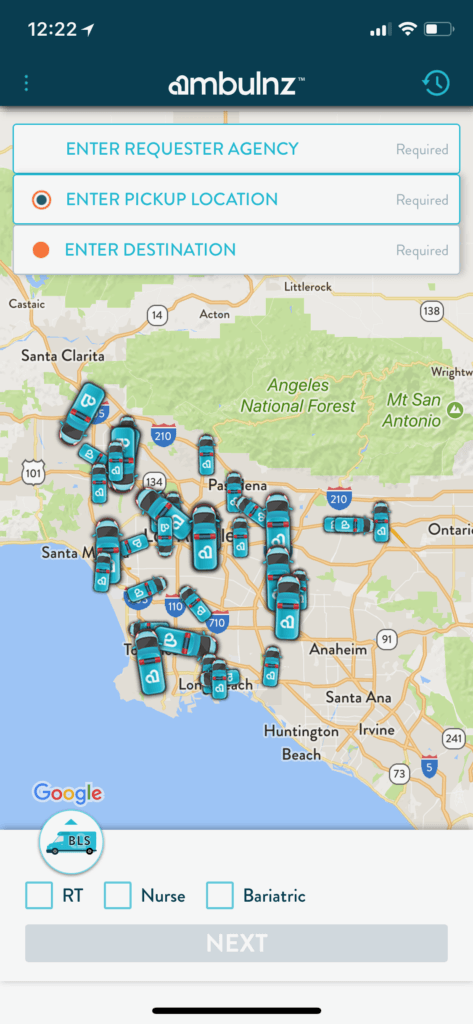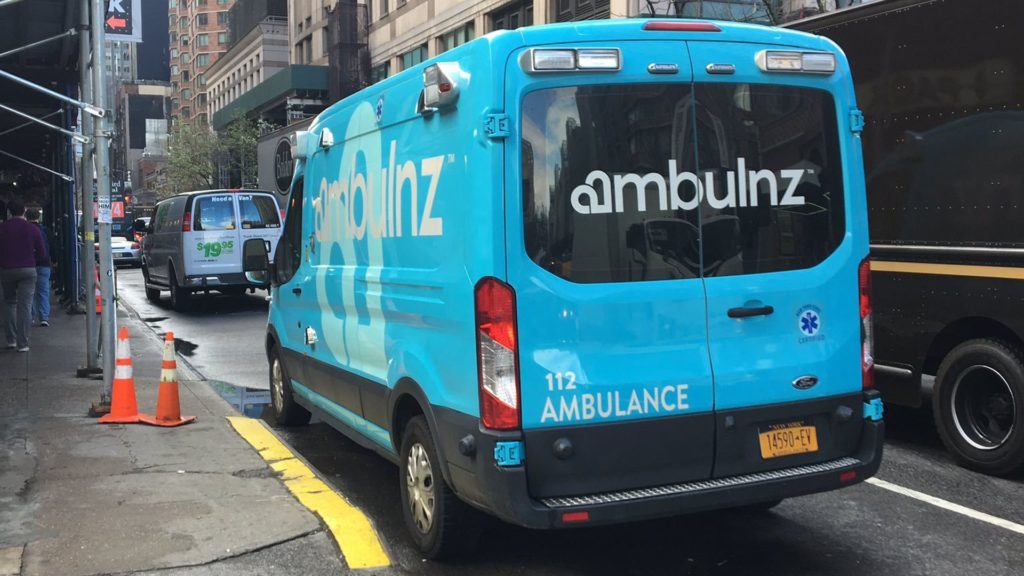Ambulnz, Inc.
Ambulnz, Inc. is developing proprietary technology that helps hospital facilities, nursing homes and patients order an Ambulance more easily and efficiently.

 The evolution and growth of smart phone usage has paved the way for new and innovative business strategies using geolocation technology. Historically, common industry practice for dispatchers at traditional ambulance service providers is to give a static pick-up time based on experience and intuition, which is often inaccurate and unreliable. This is very similar to how traditional taxicab companies operate, where dispatchers would produce pick-up times using a combination of intuition and experience and communicate instructions to their drivers in the field by radio or cell phone sporadically before and during the trip. Ambulnz, Inc. (Ambulnz) was founded to fix these inefficiencies by developing proprietary technology that gives control and transparency to hospital facilities and nursing homes similar to the way that Uber and Lyft provide control and transparency to their customers in the consumer ride sharing space.
The evolution and growth of smart phone usage has paved the way for new and innovative business strategies using geolocation technology. Historically, common industry practice for dispatchers at traditional ambulance service providers is to give a static pick-up time based on experience and intuition, which is often inaccurate and unreliable. This is very similar to how traditional taxicab companies operate, where dispatchers would produce pick-up times using a combination of intuition and experience and communicate instructions to their drivers in the field by radio or cell phone sporadically before and during the trip. Ambulnz, Inc. (Ambulnz) was founded to fix these inefficiencies by developing proprietary technology that gives control and transparency to hospital facilities and nursing homes similar to the way that Uber and Lyft provide control and transparency to their customers in the consumer ride sharing space.
The healthcare transportation industry has not seen real change in decades. Industry-wide stagnation has resulted in a pronounced lack of technology adoption by traditional ambulance service providers. This lack of technology adoption has led to a declining quality of service and a prevalent lack of transparency. This backdrop has led to a frustrating and deficient experience for the stakeholders of an ambulance transport: the patient, the patient’s caregiver and the hospital or nursing home staff. Lastly, underlying these inefficiencies is an outdated hourly EMT compensation structure that further exacerbates the declining level of service.
Ambulance transportation has a huge impact on patient care and resource allocation, affecting over 20% of hospital patients. Healthcare facilities across the board experience frustration when ordering ambulances. Nurses and patient logistic coordinators within a hospital or nursing home on average spend between 20 and 60 minutes and typically make multiple calls before confirming an ambulance transport. The nurses and patient logistic coordinators often need to call multiple ambulance companies and will wait on hold for extended periods of time. They also have difficulty in getting the ambulance company to commit to or keep the time frames they promised. Other wasteful practices include “no shows,” where the ambulance never arrives due to disorganization and poor communication, and “dry runs,” when the ambulance shows up and the transport has been cancelled. The time wasted by nurses and patient logistic coordinators having to wait with patients who occupy hospital beds longer than necessary due to inefficient transportation logistics is very costly for healthcare facilities.

Ordering and/or monitoring an ambulance transport using Ambulnz’s computer-aided dispatch (CAD) software provides transparent, accurate and dynamic arrival time estimates based on real-time GPS tracking. Nurses and patient logistic coordinators are able to share this information with patients and the patient’s family, reducing frustration and patient inconvenience, while also allowing the hospital staff to more efficiently manage their labor costs and bed utilization. Ambulnz’s predictive algorithms creates routing efficiencies that drastically shorten wait times for patients and caregivers by providing reliable and transparent arrival times based on geolocation coordinates. Lastly Ambulnz’s software and operations were built to allow EMTs to be compensated based on productivity and level of service, which boosts productivity and the overall level of care.
I have not seen any legacy Ambulance companies attempting to integrate this transparent geolocation technology into their service offerings to hospitals and nursing home facilities. American Medical Response is the largest Ambulance company in the U.S. and I would classify them as “loosing” currently as they have yet to invest in upgrading the firms technology.




Great article. In reading your article, I was struck by the line around how companies like Ambulnz are changing the way EMTs are compensation. Specifically, I was wondering how quality of service is incorporated into the concept of “productivity”. Specifically, I would be keen to see any analysis on what impact tech-enabled ambulance service are having on patient outcomes (or ride experiences) vs. more traditional incumbents.